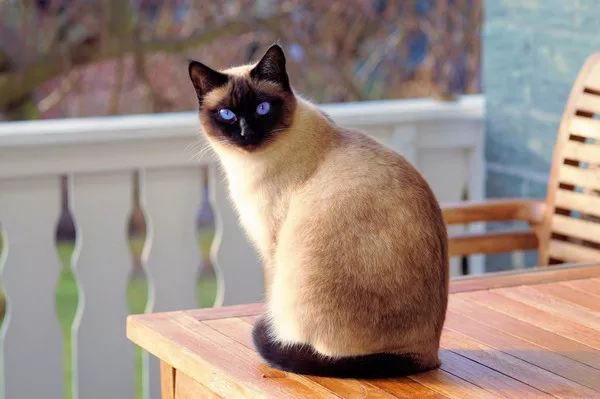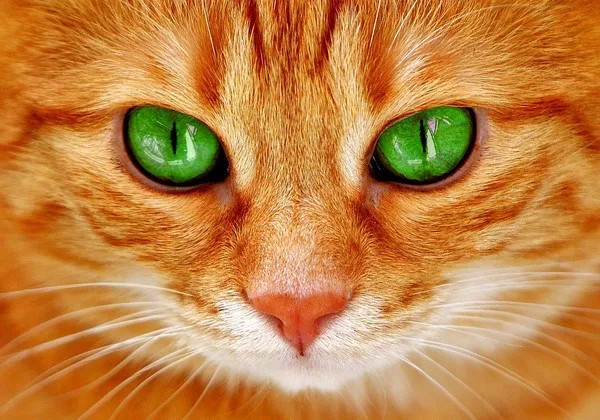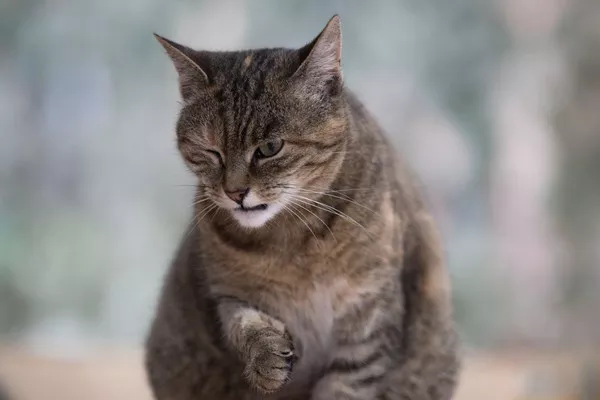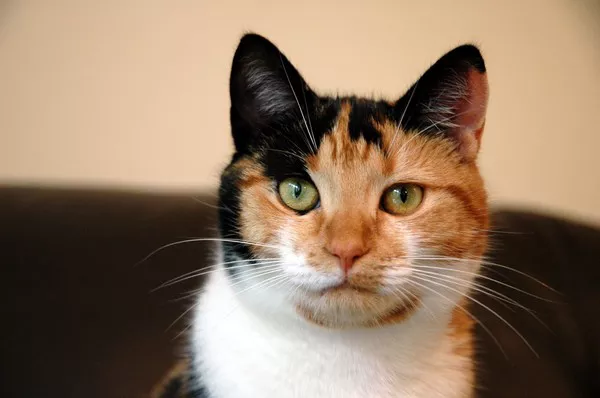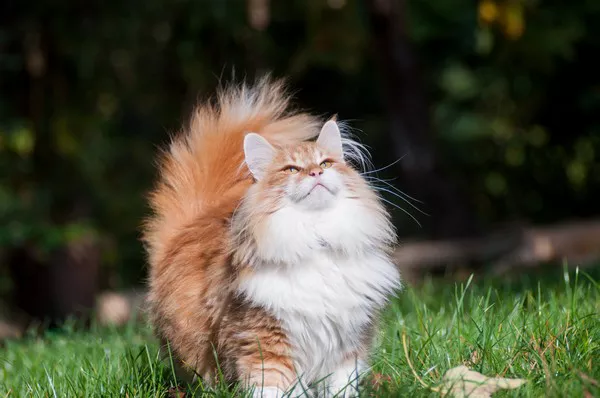Burmese cats, known for their affectionate nature and striking appearance, make wonderful companions. To ensure the health and vitality of your Burmese feline friend, understanding their unique dietary needs is crucial. This article explores essential facts about Burmese cat food, shedding light on the nutritional requirements, common dietary sensitivities, and practical tips for providing the best possible diet for your beloved Burmese companion.
Understanding Burmese Cat Nutrition:
High Protein Requirements:
Burmese cats, like many other cat breeds, are obligate carnivores, meaning they thrive on a diet primarily composed of animal proteins. Their bodies are adapted to metabolize protein efficiently, and a diet rich in high-quality animal-based proteins is essential for their overall health. Look for cat food formulations with a significant protein content, ideally derived from sources like poultry, fish, or meat.
A Need for Animal Fats:
Fats are a crucial component of a Burmese cat‘s diet, providing a concentrated source of energy and supporting various bodily functions. Animal fats, such as those found in chicken or fish, are particularly beneficial for Burmese cats. Omega-3 and omega-6 fatty acids, essential for skin and coat health, can be sourced from fish oils or other quality fat sources in their diet.
Limited Carbohydrate Requirements:
Unlike some other mammals, cats, including Burmese cats, have a limited ability to digest carbohydrates. While carbohydrates may be present in cat food as a source of energy, it’s crucial to ensure that they come from easily digestible and high-quality sources, such as whole grains. Avoid cat foods with excessive filler ingredients that may contribute to unnecessary weight gain.
The Role of Taurine:
Taurine is an essential amino acid for cats, including Burmese breeds. Unlike dogs, cats cannot synthesize enough taurine in their bodies and must obtain it from their diet. Taurine is critical for maintaining proper heart function, vision, and overall well-being. High-quality cat food formulated for the specific needs of Burmese cats typically includes adequate levels of taurine.
Preventing Obesity:
Burmese cats, with their playful and active nature, are generally at a healthy weight when provided with a balanced diet and ample opportunities for exercise. However, it’s essential to monitor their weight and adjust their diet as needed. Obesity in cats can lead to various health issues, including diabetes and joint problems. Choose portion-controlled cat food or measure their food intake to prevent overfeeding.
Common Dietary Sensitivities and Allergies:
Food Allergens:
Burmese cats, like any other breed, can develop food allergies. Common allergens include certain proteins like chicken, beef, or fish. If you notice symptoms such as itching, gastrointestinal issues, or changes in coat quality, consult with your veterinarian. They can help identify potential allergens through elimination diets or recommend hypoallergenic cat food options.
Grain Sensitivities:
While cats are obligate carnivores, some individuals may exhibit sensitivities to grains like wheat, corn, or soy. Grain-free cat food options are available for those with suspected grain sensitivities. However, it’s essential to note that not all cats benefit from a grain-free diet, and consulting with a veterinarian is crucial before making significant dietary changes.
Artificial Additives:
Cats, including Burmese breeds, may be sensitive to artificial additives such as colors, flavors, and preservatives present in some commercial cat foods. Opting for cat food with minimal artificial additives or considering natural and holistic cat food options can be beneficial for those with sensitivities.
Practical Tips for Providing Optimal Burmese Cat Food:
Consult with a Veterinarian:
Before making significant changes to your Burmese cat’s diet, consult with a veterinarian. They can provide guidance on the specific nutritional needs of your cat based on factors such as age, weight, and health status. Regular veterinary check-ups ensure that any dietary adjustments align with your cat’s overall well-being.
Choose High-Quality Cat Food:
Invest in high-quality cat food specifically formulated to meet the needs of Burmese cats. Look for brands that list real meat as the primary ingredient and avoid cat foods with excessive fillers or artificial additives. High-quality cat food supports your Burmese cat’s overall health, from their coat to their immune system.
Provide Fresh Water:
Ensure that your Burmese cat has access to fresh, clean water at all times. Proper hydration is essential for their overall well-being and helps support their urinary health. Consider using a cat water fountain to encourage regular water intake.
Monitor Portion Sizes:
Portion control is crucial in preventing overfeeding and maintaining a healthy weight for your Burmese cat. Follow the feeding guidelines provided on the cat food packaging and adjust portion sizes based on your cat’s individual needs, activity level, and age.
Introduce Changes Gradually:
If you decide to switch your Burmese cat to a new cat food, introduce the change gradually. Sudden changes in diet can lead to gastrointestinal upset. Mix small amounts of the new food with their current food, gradually increasing the proportion of the new food over several days.
Conclusion:
Understanding the intricacies of Burmese cat food is fundamental to ensuring the health and happiness of your feline companion. By prioritizing high-quality, nutritionally balanced cat food and being aware of common dietary sensitivities, you contribute to your Burmese cat’s overall well-being. Regular veterinary check-ups, portion control, and thoughtful dietary choices form the foundation for a healthy and thriving Burmese cat, allowing you to enjoy many years of companionship and joy with your beloved feline friend.

![Do Birman Cats Like to Cuddle? [Revealed!]](https://www.catsmeowweb.com/wp-content/uploads/2023/06/burmese-cat-46.webp)
